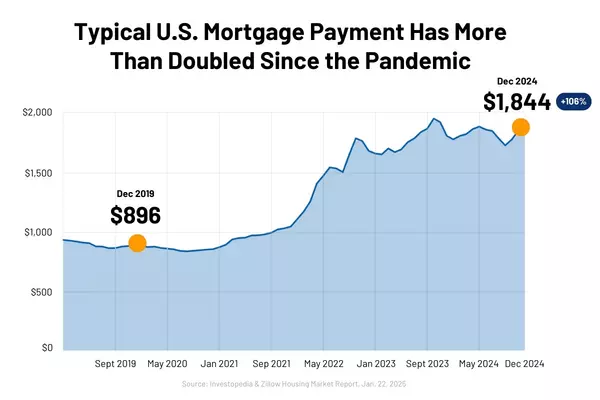
7 Weekend Projects to Boost Your Property Value
Whether you’re putting your home on the market in a few weeks or a few years, strategic upgrades can make all the difference. But you don't have to embark on a major remodel to make a significant improvement. Even minor updates can have a big impact on your home’s aesthetic, and certain renovatio

Mid-Year Market Update for 2024: What Buyers and Sellers Need to Know
Last December, when the Federal Reserve projected a series of benchmark rate cuts in the coming year, some analysts speculated that mortgage rates—which had recently peaked near 8%—would fall closer to 6% by mid-2024.1,2,3 Unfortunately, persistent inflation has delayed the central bank’s timeline

The Ultimate Relocation Guide: From Finding a House to Feeling at Home
The peak moving season is upon us. In fact, according to Move.com, almost 70% of U.S. moves occur between May and September.1 And while the percentage of Americans who move each year has declined, the desire to relocate remains strong.2,3 In fact, Architectural Digest recently declared “Americans
Categories
Recent Posts











